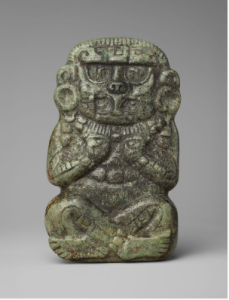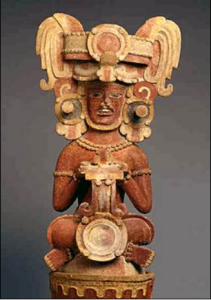A tremendous transformation has taken place in the Mexican culture from its early civilizations to its recent history, and the impact varies differently in different parts of the country. The rural areas and the country’s live cities play significant roles in defining Mexico’s vibrant community cumulatively.

The cultural heritage including the artifacts found in the country is dated back to ancient civilizations of Mayan and Aztec civilizations (Doyle, 2016). Some Mexican folk art is associated with items like wool shawls, clay pottery, elegant baskets, rugs, a cotton garment with beautiful embroideries, and outer garments with angular patterns. Mexico is also known for its ancient temples, pyramids, and some other ruins that were left by the earlier civilizations with the popular ones being the Teotihuacan, Chicken Itza, and the Palenque.

Mexico has sculptures that were made during the early civilizations and have been retained to date. Some of these sculptures include the deity figure, the censer-seated king, the double-chambered Vessel, the mirror-bearer, and the ceremonial handle among many others listed by James Doyle. The Aztec era was characterized by worshipping various gods whom they worshipped via human sacrifice. They made artifacts that are still in existence in Mexico including Xiuhtecuhtli (Morgan, 2020). The Xiuhtecuhtli artifact was a turquoise mosaic mask known to be the god of fire. Tezcatlipoca is another mask that was anciently known as the smoking mirror of a god of sorcery and night sky (Morgan, 2020, and the Quetzalcoatl was another turquoise mosaic mask that symbolized a feathered serpent among many other artifacts that have been preserved from the ancient times to the present days.


